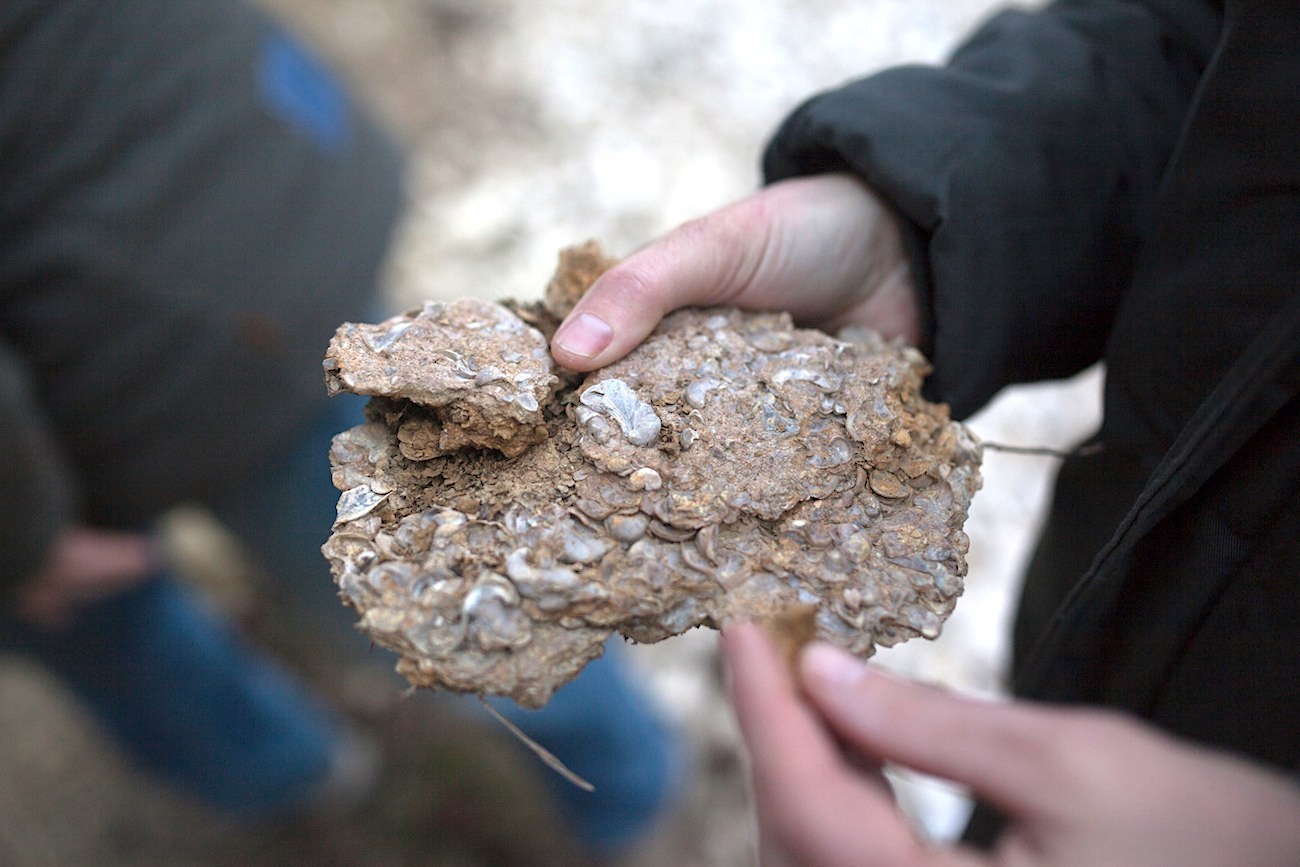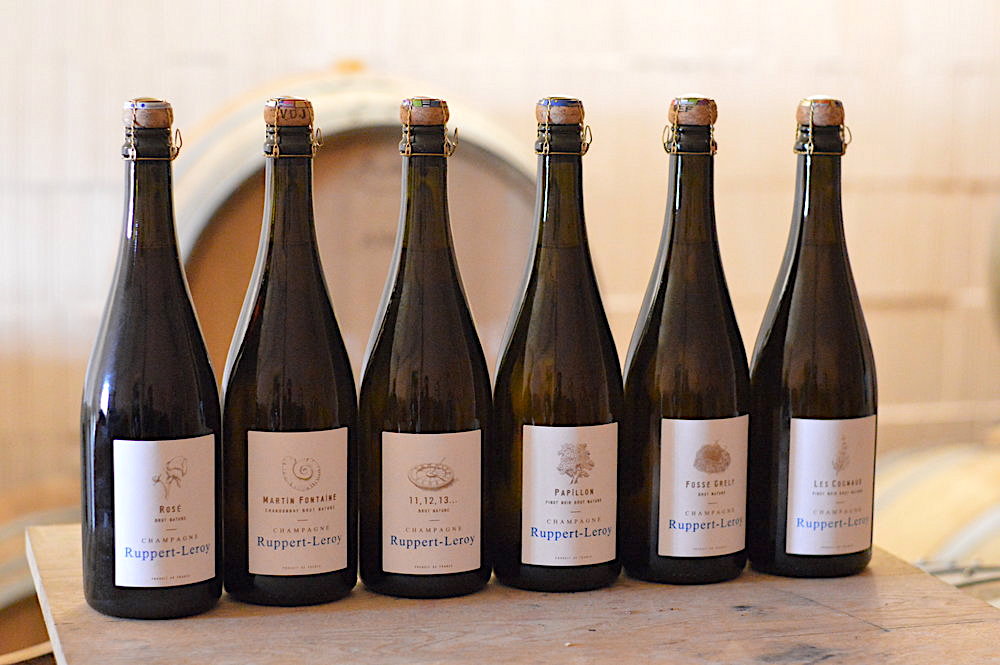| Vibrant,
vinous and incredibly expressive. Introducing
one of the most exciting up-and-coming
producers in the Aube, stealing hearts and
minds with their biodynamic, terroir-driven
champagnes. Limited quantities — get them
while you can. |
|
| View online | |
| CHAMPAGNE • new
arrivals |
| Ruppert-Leroy |
| Silky
biodynamic champagnes from one of the Aube’s most
inspired micro-domaines |
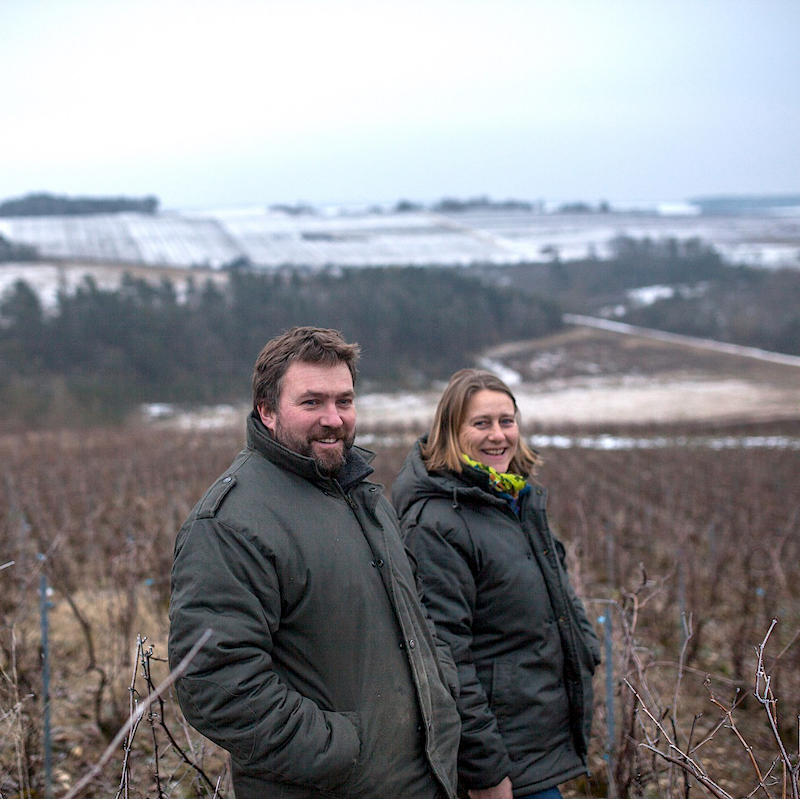 Emmanuel Leroy & Bénédicte Leroy, née Ruppert (photo: McCarus Beverage Co.) |
| Bénédicte
and Emmanuel Leroy’s grapes come from tiny plots in
the Aube Valley and are farmed biodynamically. The
wine is produced without sulphur and offers a
savoury smoky bacon note with hazelnuts, soft stone
fruits and crisp pink grapefruit, all with a
fantastic intensity. — Dawn Davies, MW |
|
Although we secured our first precious parcel of these
captivating champagnes two years ago, it is only now that
we’re able to formally present this tiny domaine to you.
Well, our inaugural allocation comprised a modest
quantity of a few 2014 base-vintage cuvées. These came and
went very quickly. We only discovered this when we wanted
to revisit some of the bottles a few months later, and
found they were already sold out.
Last year, we eagerly received our sophomore allocation.
Most of it quickly vanished from the shelves, yet again.
It was then that we realised that a number of people have
been quietly following this little domaine. Clearly they
have very sharp eyes (and noses) because up to that point,
we still had not had the opportunity to properly introduce
the Ruppert-Leroy name.
|
Going by taste alone, it’s easy to understand why
these champagnes are so beloved. They are
expansive, crystalline and undeniably flavoursome.
Bottled without dosage, these champagnes are
masterfully balanced. Most of all, they are
oh-so-easy to drink. They have an affable charm
that makes them effortlessly likeable. |
Today, it is our pleasure to finally share the story of Champagne Ruppert-Leroy. Like their champagnes, there is much to admire about this wonderful family. And as with many great wines, the story begins with a farmer — in this case, a sheep farmer with a PhD in Philosophy.
That farmer was Gérard Ruppert, who in the 1970s purchased a half-hectare parcel of Chardonnay vines on the outskirts of Essoyes, a village in the southeastern corner of the Aube department in Champagne. He soon realised that the vineyard was prime terroir for producing top-quality grapes, something that he attributes to its unique soil composition and optimal exposure. He began tending it organically, at a time when much of Champagne’s land under vine was heavily treated with chemicals and fruit quality was of little importance.
As time went on, Gérard decided to add plantings of Pinot
Noir vines using the selection massale
method. This vineyard, named Fosse Grely, soon gained
renown for the quality of its produce. Gérard never lacked
buyers for his grapes. If anything, he could easily pick
and choose to whom he wished to sell.
As Gérard approached retirement in the 2000s, he began feeling increasingly reluctant to sell the vineyard. He persuaded his daughter Bénédicte to help him out in the hope that she would eventually take over his farming activities. As it turned out, Bénédicte relished the idea. In fact, she decided to take the family’s farming practice one step further by converting the vineyards to biodynamic viticulture. Together with her husband Emmanuel Leroy, she also decided to stop selling their grapes and they began domaine-bottling their own champagne. The first vintage of Champagne Ruppert-Leroy was 2010.
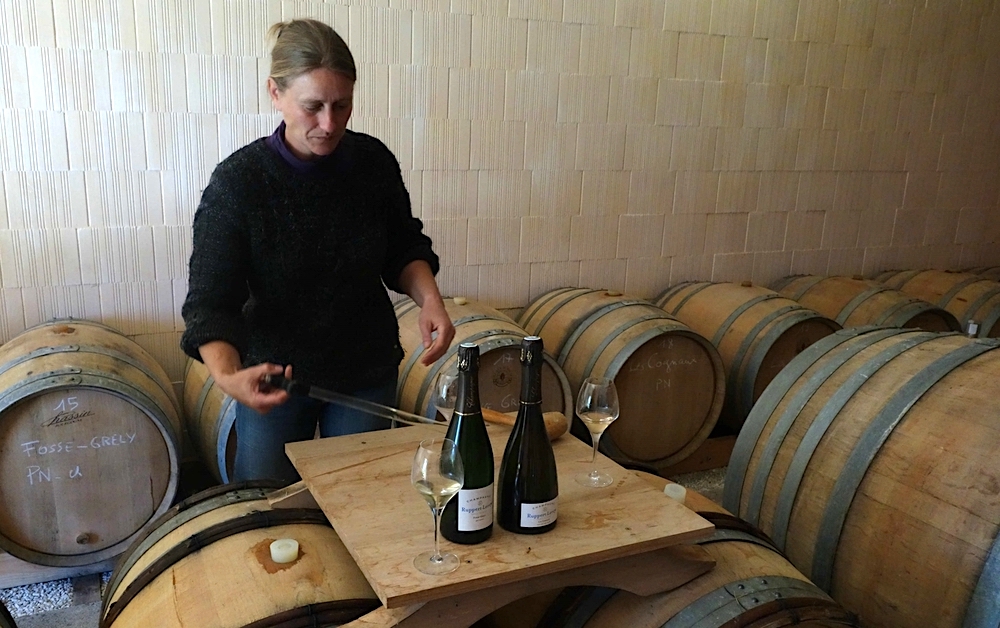
From day one, Bénédicte never had any doubts about the
quality of her grapes. For this, she credits her father’s
decades of dedication to organic viticulture. As the
saying goes, good grapes make good wines so, as a result,
making good Champagne was not too difficult, even if it
was a new craft to her and her husband.
Having been mentored by celebrated winemakers such as Pierre Paillard, Pierre Overnoy and Bertrand Gautherot of Vouette et Sorbée, Bénédicte soon found her own groove. For her and for Emmanuel, terroir expression is of paramount importance. This is the reason why all of their cuvées are made following a similar process, in order to highlight their individual site characteristics.
The winemaking process is uncomplicated and non-interventionist. After a very gentle pressing, fermentation begins solely by way of natural yeast. Alcoholic fermentation and élevage on fine lees usually take place in Burgundy barrels, followed by cold settling that occurs during the winter frosts. After malolactic fermentation, the wine is aged on its lees in bottle for another 18-20 months to complete its tertiary fermentation and maturation. Sulphur is never added and no dosage is ever used post-disgorgement. Bottling follows the biodynamic calendar and usually takes place in June when the vines are flowering.
Today, the domaine’s vineyard holdings have grown to four hectares spread across three parcels on south-east facing hills. The largest is Fosse-Grely, from which two cuvées are produced: the Fosse-Grely and, as of the 2014 vintage, a separate cuvée called Papillon, derived from Gérard’s original massal selection Pinot Noir planting. The other bottlings include that of the smaller Pinot Noir parcel Les Cognaux and their tiniest plot, the limestone-laden Chardonnay parcel Martin Fontaine.
|
|
The couple’s dedication to biodynamics is not limited to their vineyards. Bénédicte and Emmanuel have extended this philosophy to encompass the entire ecosystem around their winery. Here, they raise a variety of animals to enrich their biodynamic compost, and grow their own grains and vegetables which feed their family and neighbours.
For generations, the Aube was known primarily as a
grape-farming region, with most of the produce sold to
cooperatives and large Champagne houses. Now, like the
Leroys, increasing numbers of young vignerons are steadily
taking back control of their families’ land and starting
to bottle wine themselves. They are paying careful
attention to the health of their vineyards and the
environment, and they prize the virtues of their unique
Kimmeridgian terroirs.
|
|
These are magical, vibrant expressions of Champagne. They
have stolen our hearts with their elegance, energy, and
pure class. It’s stunners like these that continue to
expand our definition of what we consider to be great
champagne. Quantities are naturally quite limited,
however.
The prices in this offer are valid for orders taken up to 17 September 2020. Orders will be processed subject to remaining availability and final written confirmation. Do take note too that, due to restrictive availability of certain cuvées, allocation rules may apply in order to ensure fairer distribution. Full payment is required no later than 7 days after confirmation invoice has been sent to confirm the order. No further discount and no reservations allowed.
| References & photographs: - McCarus Beverage Company (website) - Paris Wine Company (website) |
| - OFFeR VALID ONLY UNTIL
17 September 2020 - PRICES ARE QUOTED NETT, no further discount - ALLOCATION RULES MAY APPLY - SUBJECT TO FINAL WRITTEN CONFIRMATIOn ** Photos / Labels may not represent actual Bottle / vintage ** |
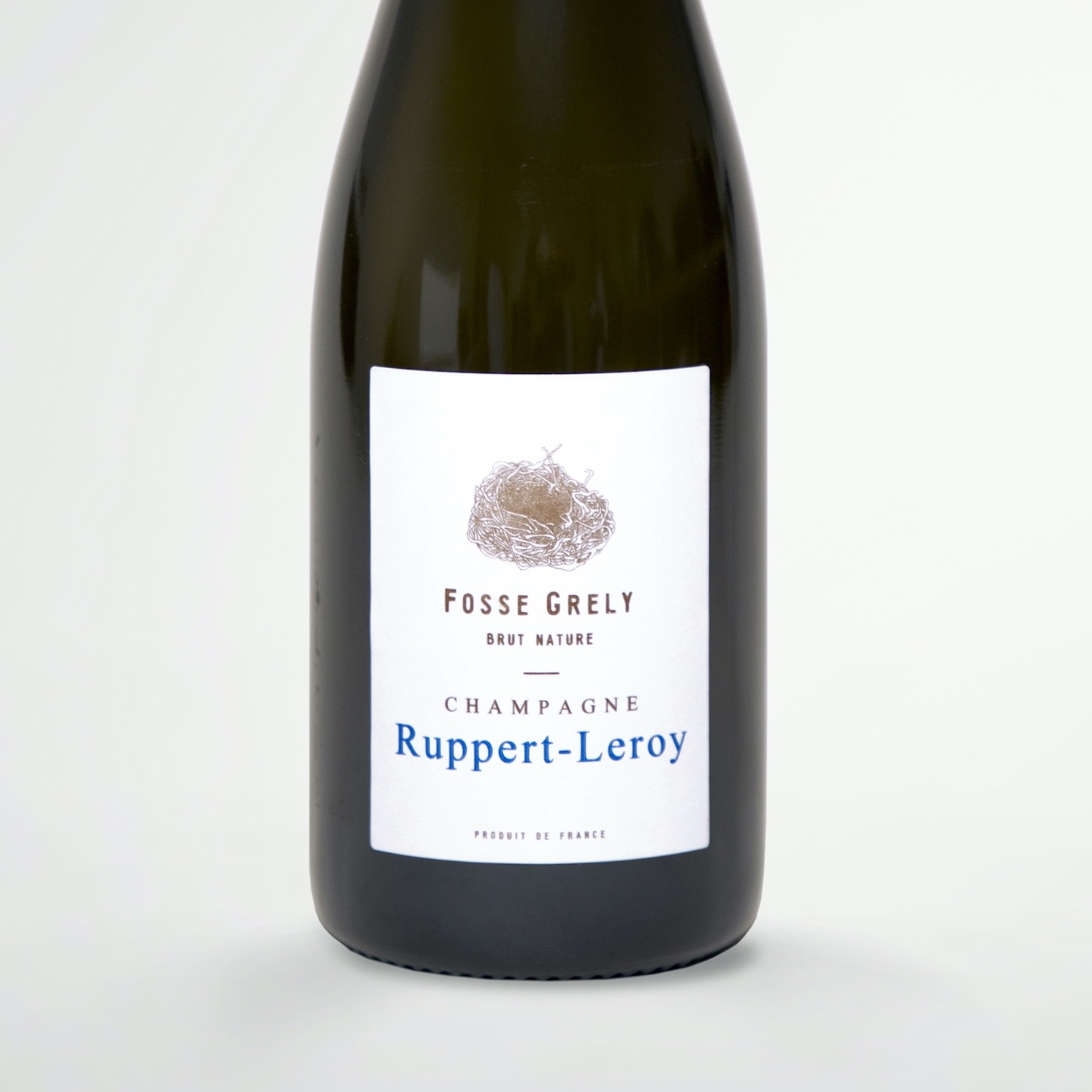
|
|||||
|
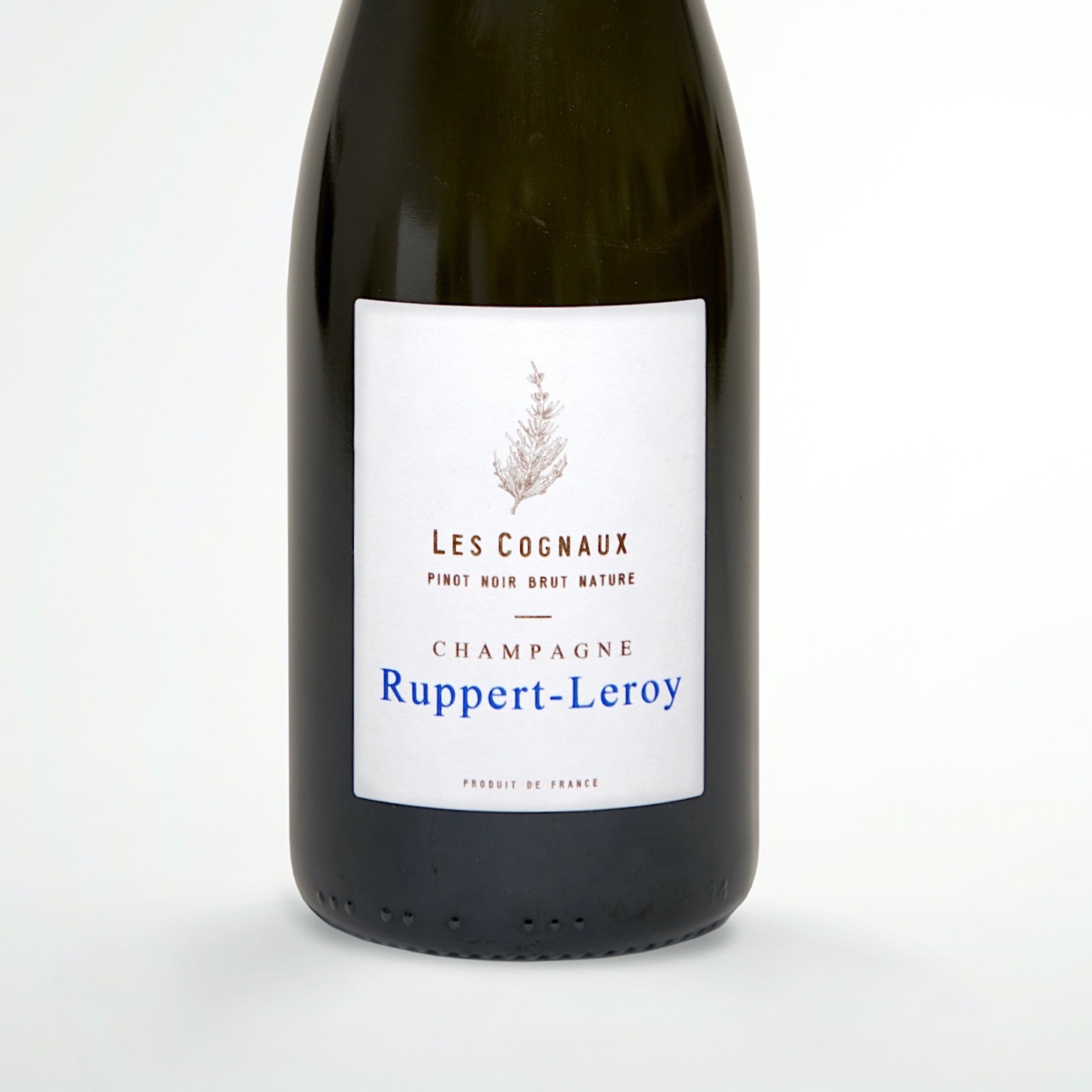 |
|||||
|
|||||
|
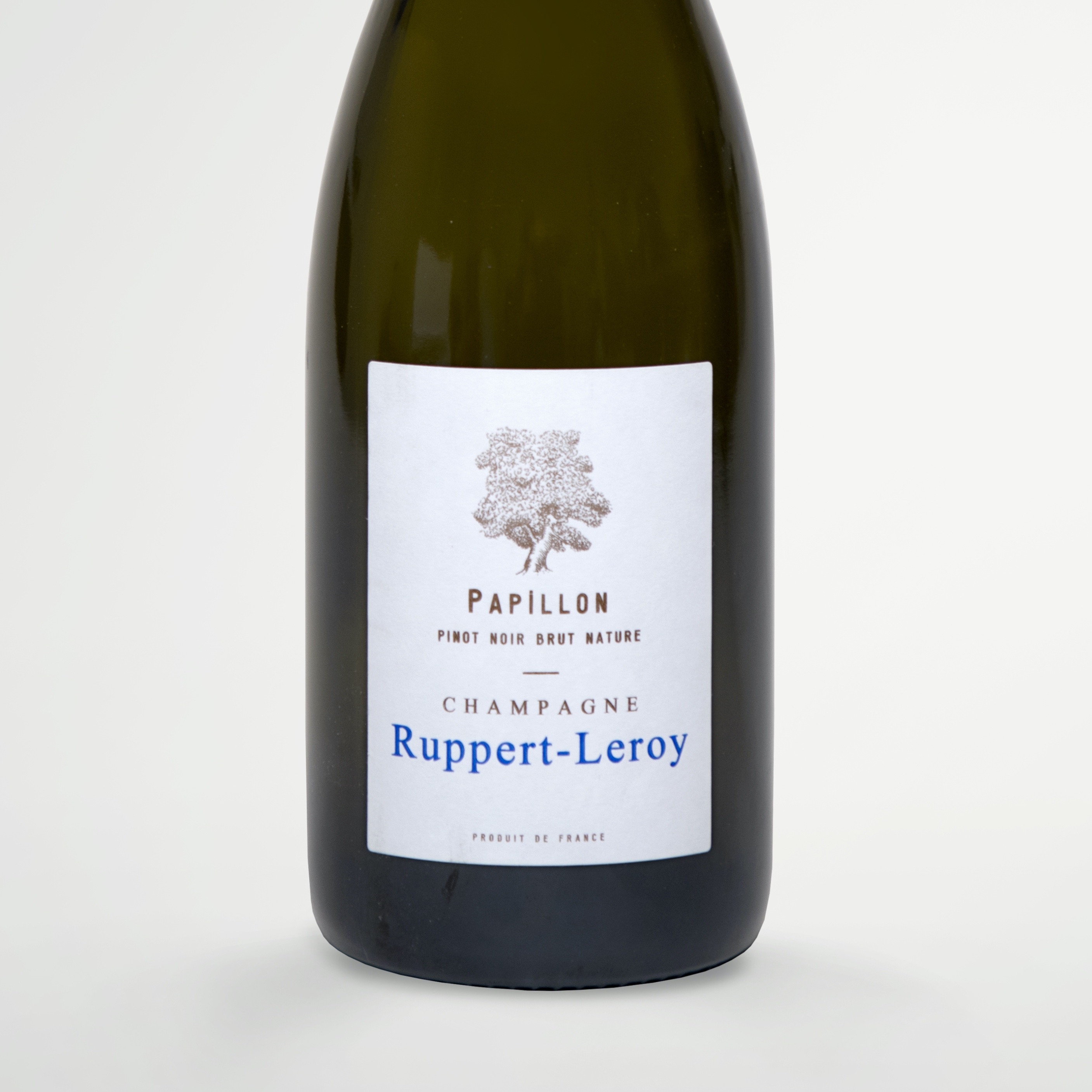 |
|||||
|
|||||
|
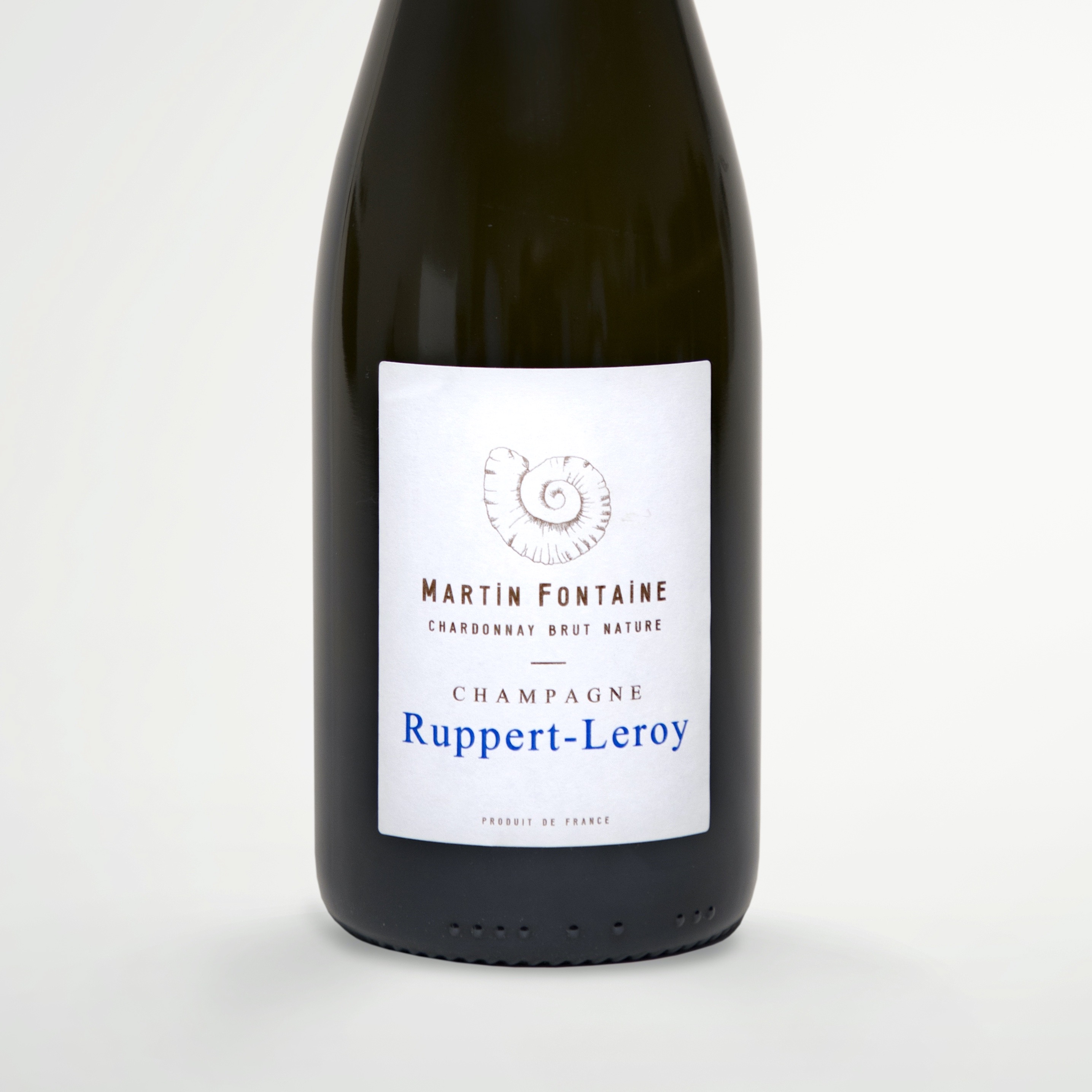 |
|||||
|
TERMS
& CONDITIONS
|
ARTISAN CELLARS SEPTEMBER
2020 WINE LIST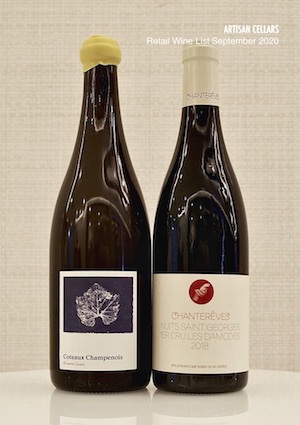 This list outlines a
compilation of artisanal wines that we carry. We
take pride in the sourcing and provenance of our
wines, from the most affordable to the higher ends.
As importers, most of our wines come direct from the
estates. We are proud to work with the most
respected growers from every wine region, each of
them representing the very best that their
respective appellation is capable of producing. To
augment our list, we occasionally include quality
wines from only impeccable sources. Regardless of
point of origin, we are always committed to shipping
and storing them in ideal cellar conditions. Please
email us at sales@artisan-cellars.com
or call us at +65 6838 0373 to enquire about exact
availability of wines, or to find out anything you
wish to know about our wines. This list outlines a
compilation of artisanal wines that we carry. We
take pride in the sourcing and provenance of our
wines, from the most affordable to the higher ends.
As importers, most of our wines come direct from the
estates. We are proud to work with the most
respected growers from every wine region, each of
them representing the very best that their
respective appellation is capable of producing. To
augment our list, we occasionally include quality
wines from only impeccable sources. Regardless of
point of origin, we are always committed to shipping
and storing them in ideal cellar conditions. Please
email us at sales@artisan-cellars.com
or call us at +65 6838 0373 to enquire about exact
availability of wines, or to find out anything you
wish to know about our wines. |
390 Orchard Road B1-01 Palais Renaissance Singapore 238871 t +65 6838 0373 f +65 6836 0036 e sales@artisan-cellars.com w www.artisan-cellars.com |
 |
